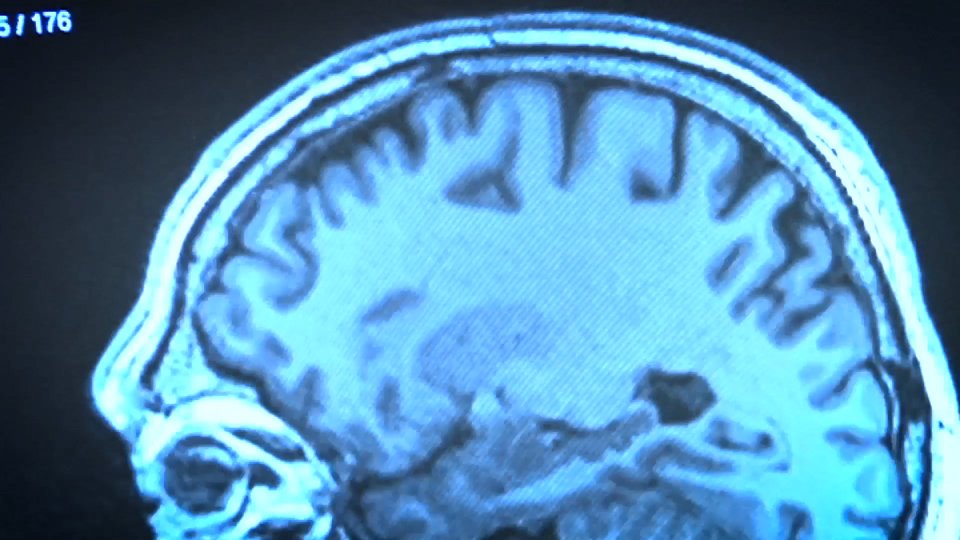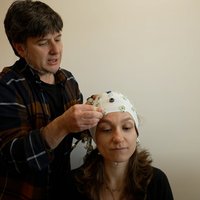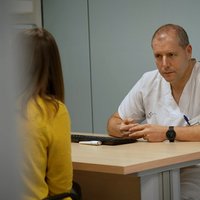Society and people are changing, and so is cancer

Much progress has been made in the treatment of cancers in recent years. But every time an answer is given to a question in science, another ten new questions arise, and it leads us again to review what we know. Even more so, as Jaione Auzmendi points out, if cancer changes with society. What is cancer? How to cure it? The response may be linked to the immune system.
After so much research, a complete resolution of the cancer has not yet been achieved. Given the limitations of chemotherapy and radiotherapy, immunotherapy is being strengthened. That is, to replace an external treatment with the patient’s own immune system to treat the cancer. It's a modern cancer treatment.
I totally agree. I will tell you how immunotherapy was born: in the summer of 1890, a girl with severe hand pain went to a hospital in New York. He thought it was because he had stepped between two seats on the train, and a young doctor had been watching him. He saw a sarcoma in his hand, a bone cancer, and a part of his arm was amputated, hoping he would survive. Unfortunately, he died.
The doctor, however, excited about the case, looked at the clinical histories of sarcoma cases over the past 15 years and found the case of a 31-year-old man who had a rather aggressive sarcoma. Something curious happened in this case: while he had cancer, the man was infected with a bacterium called streptococcus, and surprisingly, with the infection the cancer regressed significantly. It started to disappear.
The young doctor thought that perhaps when the immune system was activated to fight the pathogenic streptococcal bacteria, this activation also helped him to fight cancer. It was a new idea, a little crazy, and it sparked a lot of controversy back then. In fact, the body uses the immune system to fight what is external to the body, but the cancer cells are ours.
After that, a lot of research has been done on this, and this crazy initial idea made sense. in 2018, Tasuku Honjo and James Allison were awarded the Nobel Prize for investigating how different strategies to eliminate immune checkpoints or brakes can be used as cancer treatments. But long before that, they had already taken advantage of the idea in fiction, as in the Dr. House series. This idea came out many times in the fiction: let’s infect the patient with a bacterium so that the other disease improves.
After all, it would be, instead of attacking the cancer from the outside, to influence the body to activate this system of aggression that belongs to it. However, it is not easy, of course. If the immune system could fight cancer on its own, no one would die of cancer.
So how do you activate your immune system to fight cancer?
When is the immune system activated? When there is an infection, it reacts against the bacteria. Or imagine that we were injured. It is also activated when we make a tattoo: we insert ink and since it is a foreign ink for the body, it sends macrophages to eat that ink. The macrophages swallow the ink and remain trapped in it, unable to digest all the ink. So that’s the tattoo: the macrophages that have been trapped there, full of ink.
I have tattoos too, don’t think about it, but that’s the way it is. A tattoo is not a drawing, it's a wound.
Buletina
Bidali zure helbide elektronikoa eta jaso asteroko buletina zure sarrera-ontzian











